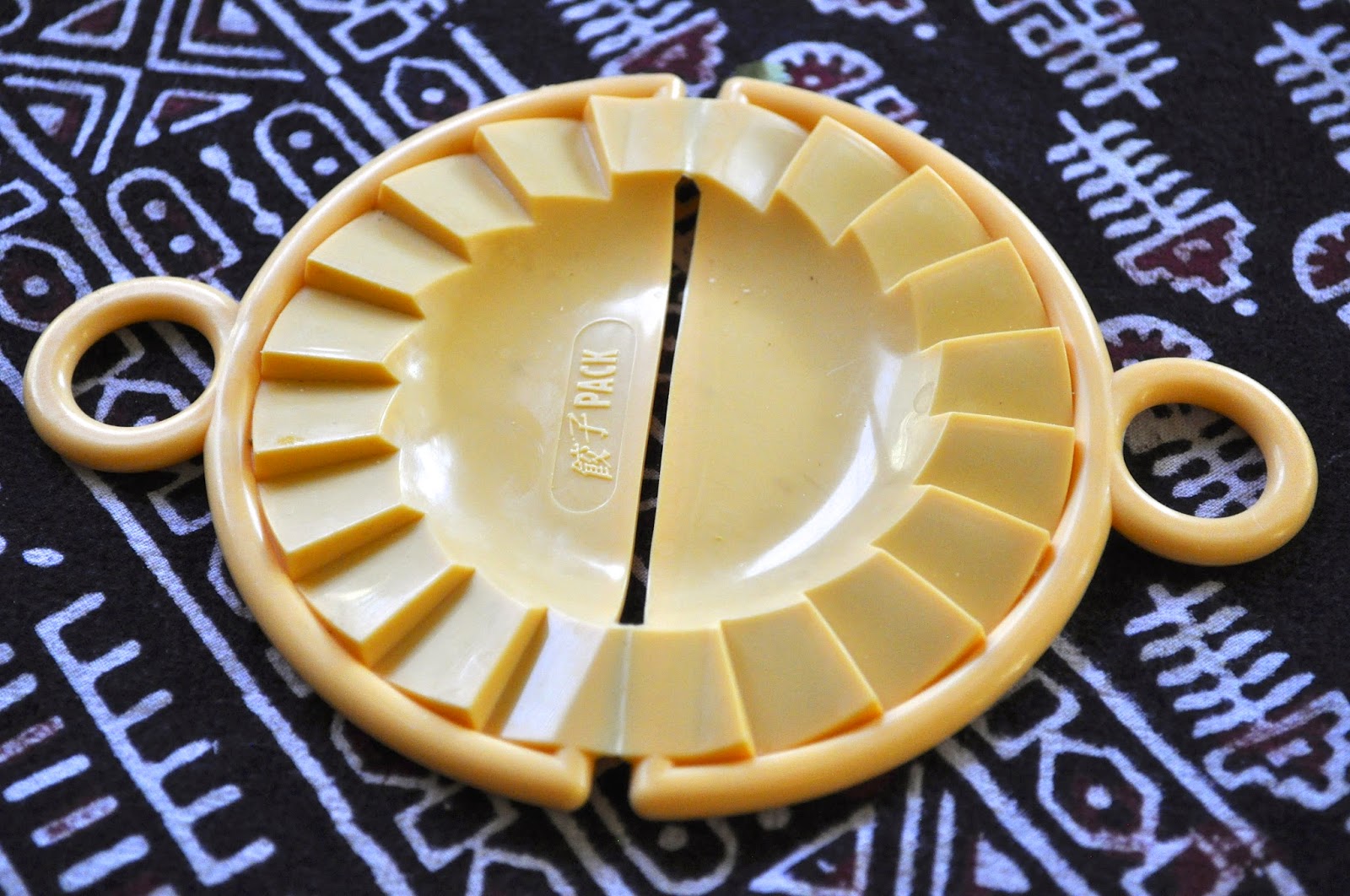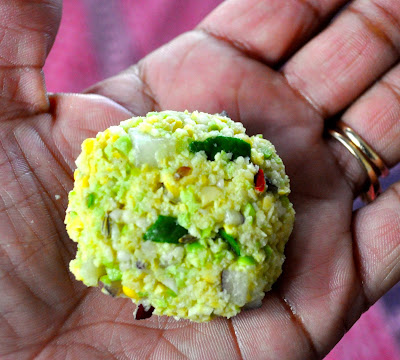I am surprised that I have not
posted more recipes with potatoes. It is
by far the most favorite vegetable in our house. Both my husband and younger son will eat it without
complaining. And I make some form of
potatoes at least once a week.
Since it is one of our favorite
vegetables, I cook it several different ways so that there is some variety. I tend to make it as a gravy when I make
puris, but on almost all other occasions, I make a dry subzi that can be eaten
with both rice and rotis.
My oldest is now back for winter
vacation and on the day that he came back, I made these potatoes. He is cooking for himself now and wanted to know how to make these. So am posting this recipe so that my baby can make these when he wants to.
Here is what you need:
- 3 tsp. oil
- 1 tsp. mustard seeds
- 1 tsp. jeera (cumin seeds)
- ½ tsp. saunf (fennel seeds)
- ¼ tsp. hing (asafetida)
- few curry leaves (I didn't have any at home, but be sure to add these)
- 2 green chilies, slit length-wise
- ½ medium onion, chopped
- 2 cloves garlic, minced
- 2 roma tomatoes, chopped
- 6 medium-sized potatoes, peeled, and cubed
- ¼ tsp. turmeric powder
- 3 tsp. red chili powder
- salt to taste
Here is how I made it:
- Heat oil. Add mustard seeds, jeera, saunf , and hing.
- When mustard seeds sputter, add curry leaves and green chilies. Sauté for a minute or so.
- Add onions and garlic. Sauté on medium heat till they turn translucent.
- Add the tomatoes and cook till they are mushy and mixed in well with the onions.
- Add potatoes, turmeric powder, red chili powder, and salt.
- Toss to coat the potatoes uniformly.
- Cook covered, on medium heat till the potatoes have absorbed all the flavors – about 10 – 15 minutes.
- Remove the cover and cook on med-high heat so that the potatoes get slightly crispy.
Serve hot with rotis or rice.

















































